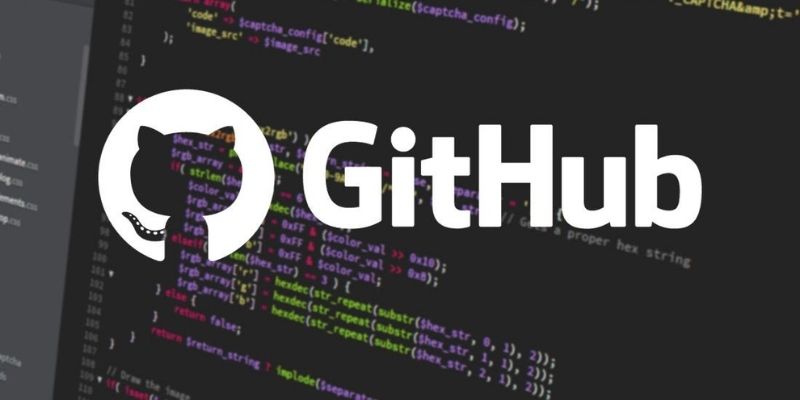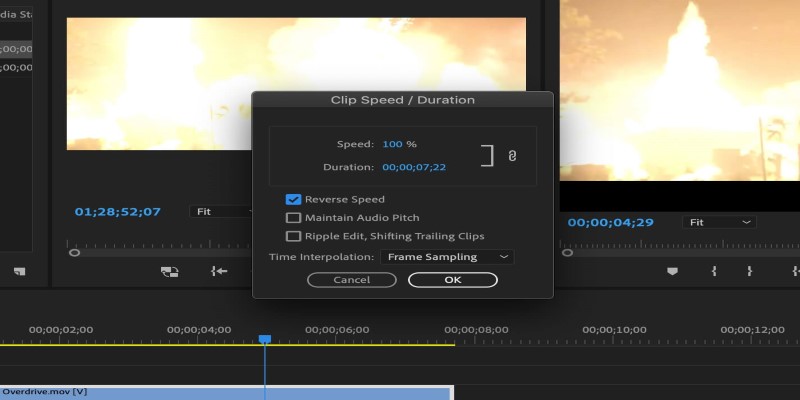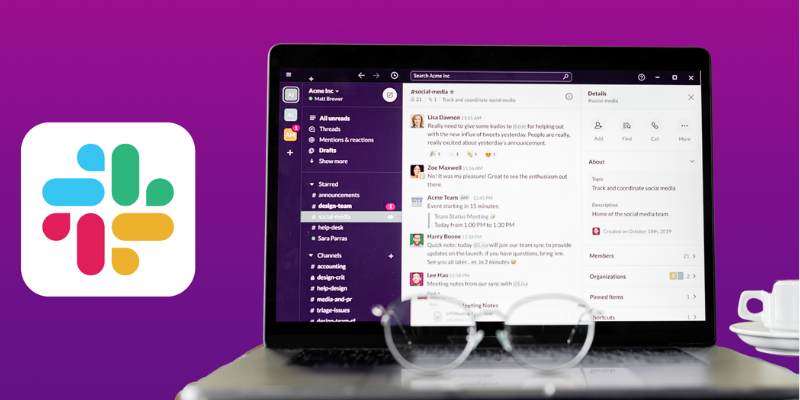5 Creative GitHub Automation Ideas to Try
Advertisement
Leading proponent of software version control and teamwork, GitHub provides advanced tools to expedite development. Most people ignore automation. Automation lowers error, speeds development, and increases output. GitHub's ecosystem provides endless possibilities for project automation, including GitHub Actions, Dependabot, and numerous bots. Five original GitHub automation options to increase your development process's efficiency and speed will be covered in this post.

Review Pull Requests Automatically with GitHub Actions
Pull requests (PRs) rule code review, teamwork, and merging in GitHub repositories. Time-consuming and ineffective may include manually assigning reviewers, running tests, and looking for coding style violations. Most of the PR review process can be automated using GitHub Actions, therefore saving human effort and accelerating code review.
GitHub Actions uses code changes to automatically assign reviewers. Should the PR affect JavaScript files, GitHub Actions may assign the front-end team to investigate them; individual team members can assess back-end changes. Your process could follow file-path-based rules or tags. Actions may automatically run pre-merge checks, including ESLint or Prettier linting checks, style rules, and unit tests.
Before the code is examined, running tests allows reviewers to focus on high-level input like design decisions or architectural choices instead of fundamental errors or running tests. Automatic pre-merge checks guarantee that only code meeting your team's quality criteria gets reviewed and help to simplify the review process.
GitHub Dependabot automated updates
For project management, controlling dependencies is essential but also demanding. Keeping up your project with the newest, dependable software libraries and tools is challenging. Older dependencies expose project risks and compatibility issues. Dependabot from GitHub automates dependency management to maintain the current and safe state of your project. Scanning package.json, Gemfile, requirements.txt, and composer.json for outdated dependencies, Dependabot is a GitHub native tool. Dependabot creates a pull request right away whether it discovers an old package or a new dependency. Updating evaluation and merging become easier this way.
More importantly, Dependabot assesses security problem dependencies and upgrades libraries. Dependabot reduces security risk by submitting a pull request updating unsafe packages to secure ones. Codebase security depends on this automation, given how quickly security issues may be used. Dependabot runs in the background; thus, managing your dependencies is easy without physically monitoring hundreds of libraries.
Automatically deploy to production using GitHub actions
Development calls for deployment, but especially for large projects, it may be monotonous and error-prone. Through the elimination of human errors and process simplification, automation lowers downtime and increases deployment dependability. Automating deployments and CI/CD workflow setup calls for GitHub Actions.
When merged into the main or master branch, GitHub Actions may automatically run code to production. Every change to the repository will allow your routine to develop and test your program. Should all tests pass, the updated code might be used in production. GitHub Actions runs Heroku, Azure, Google Cloud, and AWS.
Automated deployments guarantee consistency and standards and help to remove human error. Create rollback plans to automatically bring your codebase back to a stable version after a botched deployment. Your release cycle becomes quicker and more consistent, allowing you to deliver customers new features or issue fixes sooner and hence lower production worries.
Automate triaging of issues using GitHub actions and bots.
Managing issues in a developing repository may be taxing when bugs, feature requests, and other obligations keep cropping up. For large projects involving numerous players, manually assigning labels, deciding priorities, and tracking development may often become out of hand. Fortunately, bots and GitHub Actions help to ease issue triaging.
Using file updates or keywords, GitHub Actions automatically labels and categorizes issues. Depending on their content, you might create a mechanism to automatically mark fresh problems as "bug," "enhancement," or "documentation." This maintains the organization of your issue tracker and directly links issues to the right team or contributor.
Bots such as Probot may also automatically do more difficult tasks. Probot may be programmed to tell users when their issue is resolved, assign problems to specialists, or close stale problems after inactivity. Probot bots may prioritize issues or escalate them to project maintainers using preset criteria. This system guarantees the orderly and timely issue tracking of the project, therefore allowing contributors to focus on development.
GitHub Actions: Release Notes Automation
Developers of software have to maintain accurate release notes. Every release note explains fresh features, remedies for issues, and changes. Manual creation of release notes, especially with many authors, might be time-consuming and prone to mistakes, nevertheless. GitHub Actions allow release notes to be automated, therefore saving time and guaranteeing accuracy.
From merged pull requests, commit statements, and tags, GitHub Actions may create release notes automatically. From merged PRs, you might create a mechanism to extract titles, descriptions, and labels into a structured release note. Release notes are produced automatically based on changes since the last release. Actions also make tracking easier by linking issue numbers to features or problems in the release notes.
Automation also guarantees consistency and depth of release notes. Every repository update is noted. It also helps to reduce formatting and release note writing mistakes. This automation produces release notes during deployment by fittingly fitting into the CI/CD process. Your release notes are always correct, current, and easily available to consumers and stakeholders.

Conclusion:
GitHub automation transforms code quality, developer output, and procedures. Automated pull request reviews, dependency updates, deployments, issue triaging, and release note writing will help to save time and lower errors. Automation lets you create better code instead of completing repetitive tasks by streamlining, organizing, and consistently growing your workflow.
Including GitHub Actions and other automation tools in your process gives you unparalleled ability to personalize automation for your project. These solutions simplify big codebase quality maintenance by encouraging team collaboration and productivity. Whether you run a small project or a large team, GitHub automation lets you create better software faster and more successfully. Try these five creative automation ideas right now to advance your development process. From pull request acceptance to deployment and beyond, GitHub's powerful automation features may simplify the whole development lifecycle, hence saving time and improving quality.
Advertisement
Related Articles

How to Reverse a Clip in Premiere Pro Without a Hitch

How to Use JustCall and ChatGPT for Smarter Customer Service?

Top 10 Ways to Get More from Your URL Shorteners with Automation

5 Employee Tracking Apps for iPhone to Boost Productivity in 2025

The Overall Introduction to 2X Videos: Features, Usages, and Creating

How to Customize Your iMovie Videos with Stunning Filters

7 Smart Ways Adobe Express AI Can Instantly Boost Your Design Productivity

Everything You Need To Know About Google Docs Pageless View

How To Add Custom Search Engines To Chrome—Try These 7 Search Engines

Top 10 Slack Automation Ideas to Boost Workflow Efficiency

Quick Ways To Turn Image Into Text Using Google's Apps

 novityinfo
novityinfo